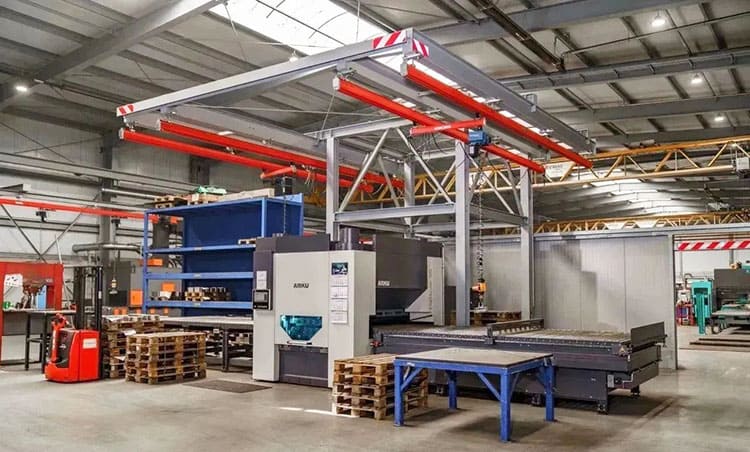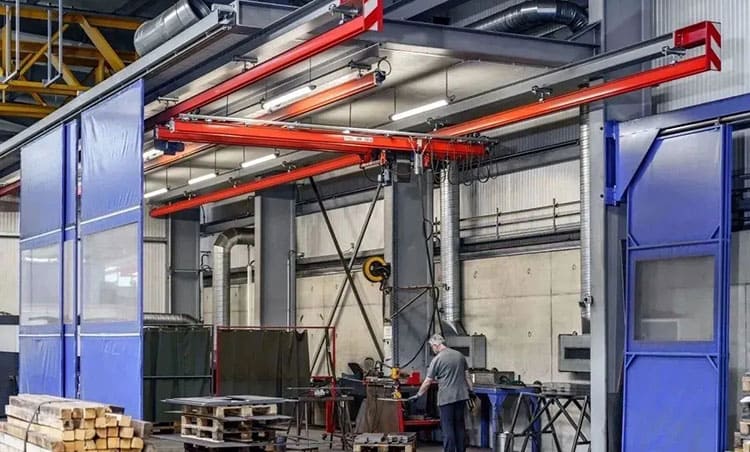Structural difference: A rigid track is a traditional track system mainly composed of rails, fasteners, turnouts, etc. The structure is fixed and not easy to adjust. The KBK flexible track adopts a flexible track design, which can be combined and adjusted as needed to achieve a more flexible production line layout.
Adaptability difference: rigid rails are suitable for fixed production lines and process flows. Once there is a change in the production line, it is necessary to lay new tracks and adjust equipment. The KBK flexible track has strong adaptability and can be quickly adjusted and rearranged according to production needs to meet the changing needs of production.
Investment cost difference: The laying and maintenance of rigid tracks require a large amount of manpower and material investment, resulting in higher investment costs. The KBK flexible track adopts a modular design, which is relatively easy to install and maintain, and has a lower investment cost.
Differences in service life: During long-term use, rigid rails are prone to wear and deformation due to uneven stress and material aging, which can affect their service life. The KBK flexible track adopts high-strength materials and special structural design, which has a long service life and lower maintenance costs.


Environmental performance differences: Rigid rails generate certain levels of noise and waste during production and use, causing certain environmental pollution. The KBK flexible track, on the other hand, is electrically driven, eliminating fuel consumption and reducing environmental pollution, meeting the requirements of green manufacturing.
KBK flexible track is a new type of track system with excellent flexibility and adaptability, which can be combined and adjusted according to production needs to achieve various complex material handling and production line layout. Compared with rigid tracks, KBK flexible tracks have advantages such as higher flexibility, adaptability, investment efficiency, and environmental performance, and are one of the important development directions for future production line layout.
Post time: Feb-28-2024








